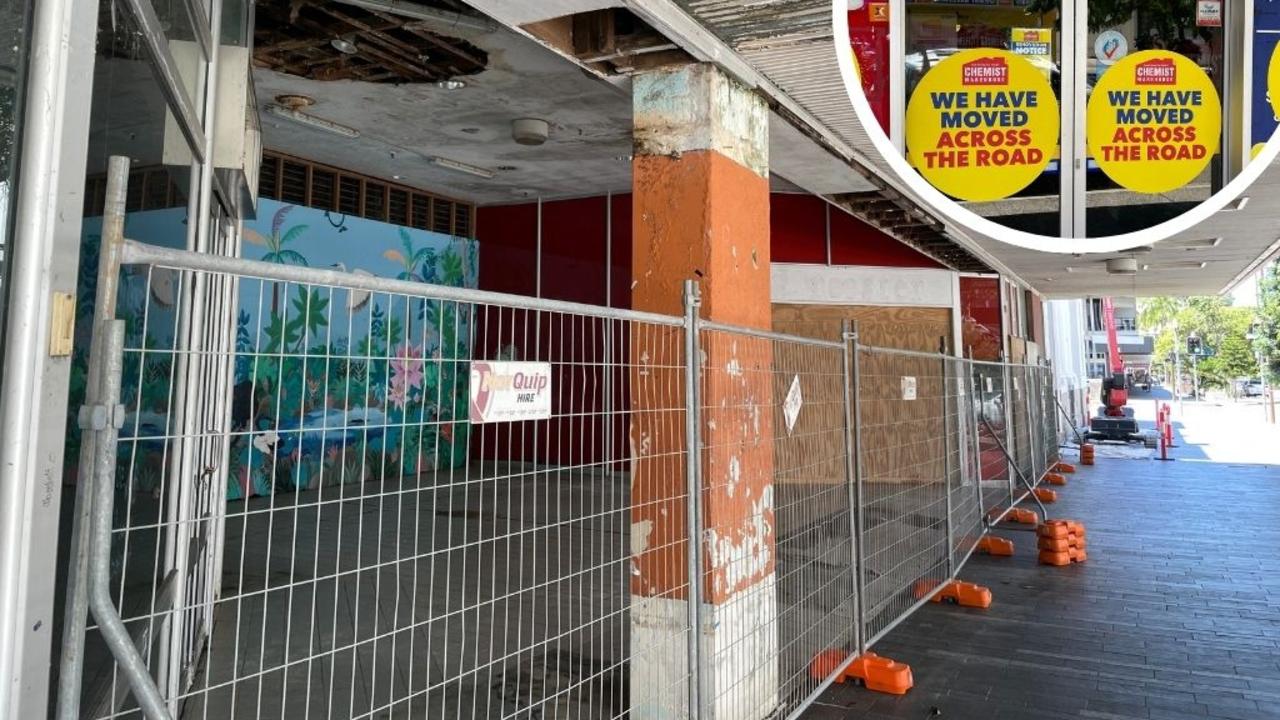The 4th regiment, Royal Australian Artillery live fires on foreign soil for first time in 51 years
The 4th artillery regiment last fired their weapons offshore in the 1970s. Recently they sent bombs down a foreign range for the first time since then, sending a clear message to our pacific partners.
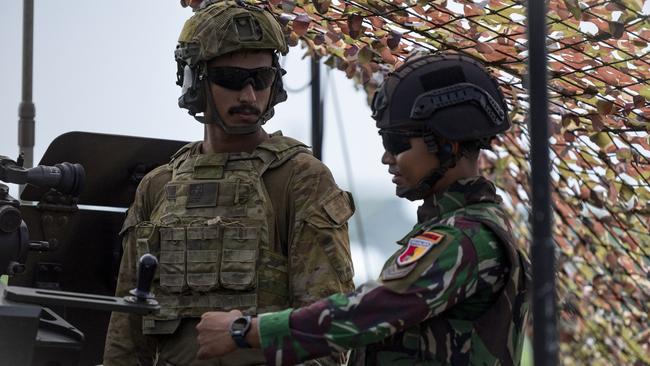
Townsville
Don't miss out on the headlines from Townsville. Followed categories will be added to My News.
It has been more than 50 years since Australian artillery fired bombs on foreign soil, but a major defence exercise is bringing that to an end as Townsville howitzers touch down in the Indo-Pacific for one of the biggest live-fire exercises in decades.
In the early 1970s in the wake of the Vietnam War, the 106th battery from the 4th regiment, Royal Australian Artillery (4REG) was sent to Singapore, firing Australian howitzers guns for what would be the last time for 51 years on foreign soil.
Which is why it’s only fitting for the same battery to be the first to drop bombs offshore, ending the half-a-century-long wait.
Commanding Officer of the 4th Artillery Regiment, Lieutenant Colonel Simon Frewin, said after some hard-learned lessons in recent years that prevented live fire exercises in foreign nations, this year they were finally able to achieve what they set out to do.
“We’ve used other people’s guns overseas before but we’ve never used our own,” he said.
“Normally taking guns to other countries is normally an act of war, you don’t take your artillery pieces to other people’s countries, so it’s a sign of the times in seriousness, and how well we are respected in the region.”
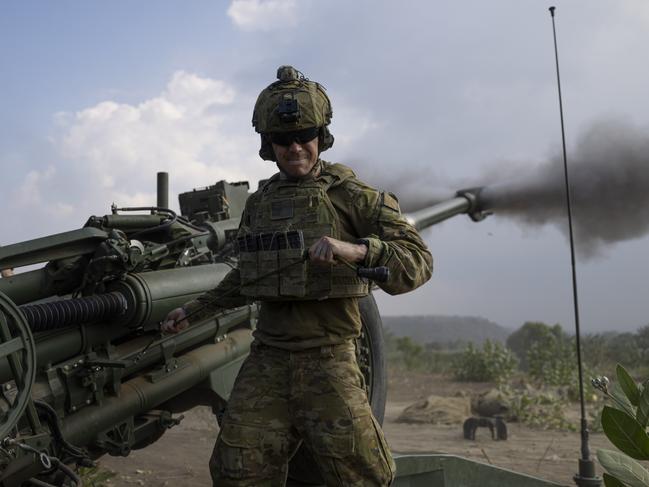
“We were all set to do this last year … but the whole training area was flooded under a metre of water so we physically couldn’t get the guns in.”
The combined joint activity is the largest live fire exercise to be conducted with the Indonesian National Armed Forces (TNI) in recent years and sends a strong message to our partners in the region, said Lieutenant Colonel Frewin.
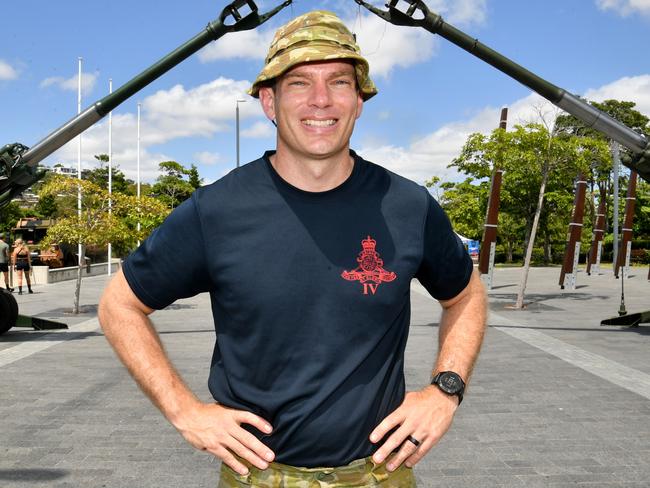
“This is about messaging to the near region and shows that we can work with our partners and that we are willing to do the difficult parts. It’s not easy taking a four-and-a-half-ton howitzer, plus the tons and tons of ammunition on board; it is logistically exceptionally complicated,” he said.
“But the bigger message is probably that other countries are happy to receive us.”
Officer commanding 106th battery, Major Jason Kirkham said the exercise provided a realistic training environment where soldiers had to navigate jungle terrain that is home to communities of people.
“It creates a realistic training environment because a real-life battlefield will be inhabited by people; we will fight where people live,” he said.
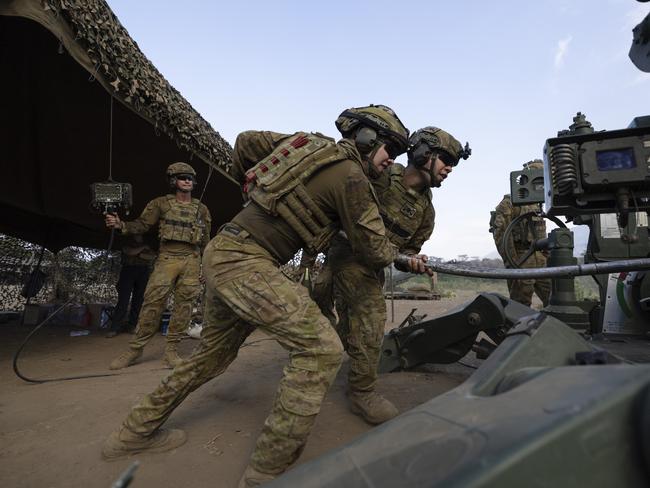
“Not only are we operating on foreign soil but we will be operating alongside TNI.
“We will have Indonesian 105-millimetre howitzers next to our howitzers in the ultimate display of partnership and interoperability.”
Lieutenant Colonel Frewin said because the effectiveness of artillery continues to improve, a stronger emphasis has been placed on the need for this type of training, ensuring gunners are prepared for any possible future conflicts.
“In World war one 60 per cent of casualties came from indirect fire, In world war one that was 65 per cent of casualties and in the Russia and Ukraine war were seeing close to 80 per cent of casualties coming from indirect fire,” he said.
The commanding officer said this is due to the lethality, range and accuracy of rounds continually increasing.
“Although warfare is changing, our potential adversaries still prioritise mass end artillery and so we need to still be in that space,” Lieutenant Colonel Frewin said.
“That’s not exactly how we always want to fight, but firepower is a key part of manoeuvre, and it’s a key part of the way the Australian Army will fight, so we need to take it with us and demonstrate that we’ve got it.”
More Coverage
Originally published as The 4th regiment, Royal Australian Artillery live fires on foreign soil for first time in 51 years





